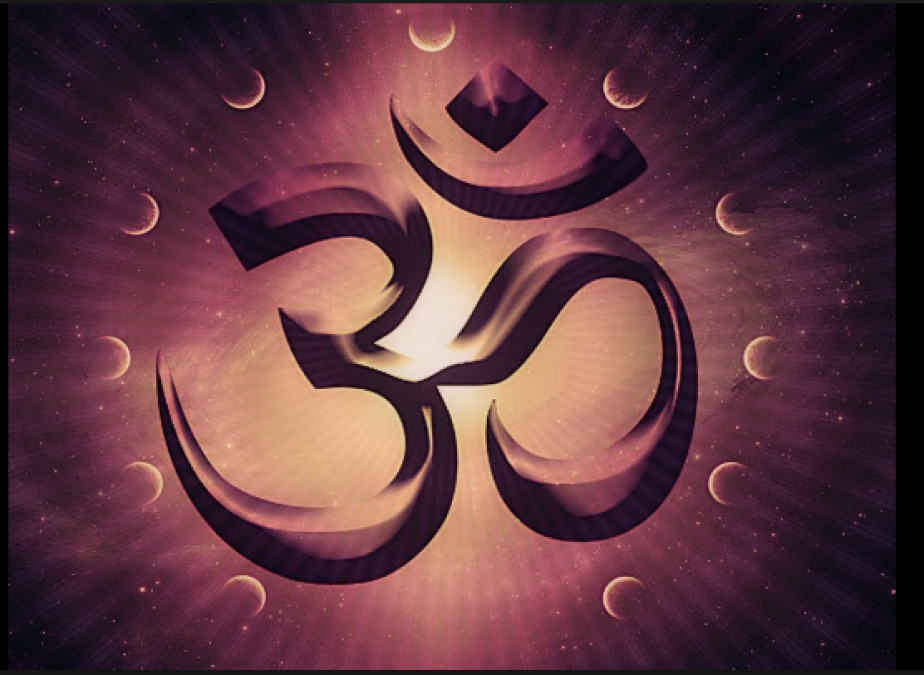
In the Hindu sacred texts called Upanishads, it is explicitly mentioned that “In the beginning there was the word and the word was Om.” There was a time when nothing existed part from a tranquil, quiet space. Then out of the nonentity came an entity. The first movement from the un-manifest to the manifest is known as the vibration of Om. 'Om' is the primordial sound of the universe. It is the first sound that was produced at the time of creation, when the the golden womb exploded. This explosion is known as 'Sphota' and through this act, the God shaped the Universe. Chandogya Upanishad says Om is Bhrahma, the timeless consciousness. It is believed that the trinity inhabits Om.
also read Know who is the founder of this oldest religion of the world, teaches Valuable lessons to human
In Rigveda, Vamadeva Rishi's mantra describes Om as Vishvateeth transcendental. He calls Om as Samudra (sea), Aparimita (endless), Rooprahita (shapeless), Sarvavyapi (omniscient). In the Mandukya Upnishad, Om is defined as Bramha. Patanjali Yoga sutra calls OM as 'Ishwara pranidhana' i.e. reaching God with devotion. When you meditate on Om, you will be able to seize the drifting mind and all conflicts will disappear. In the Namokaar mantra of Jainism, Om occupies a vital place as the remover of all sins. In Islam, Om referred to as Samaa. Samaa is the hum that helps you find a spiritual connection with Allah. In Sikhkhism, Omkaar is the only truth. Om is auspicious and its chanting helps us in attaining harmony. Thus, OM is the transcendental reverberation that carries magic that can free your mind from material conditioning.
Om is not a word but rather an intonation, which is beyond the barricades of age, race and culture. It is made up of three Sanskrit letters, aa, au and ma which, when combined together, make the sound Aum or Om. Om contains all other sounds. It is a mantra or prayer in itself. If repeated with the correct intonation, it can resonate throughout the body so that the sound penetrates to the centre of one's being, the atman or soul. The chanting of Om has long been a tradition in Tibet, where it is practiced by itself or as part of other mantras. Many ancient Tibetan Yogis, such as Milarepa are said to practice intense meditation and chanting of Om. In Tibetan Buddhism, the most popular mantra that contains Om is ‘Om mani padme hum.’ Another powerful mantra is ‘Om ah hum.’ In this mantra Om represents the body, the syllable Ah represents the speech, and Hum represents the mind.
also read Know the significance and importance of number 786 in Muslim religion